All the characteristics of this one allow us (according to the work of Ewart Oakeshott but also of AVB Norman), to place it in the 1530s: Diamond-shaped blade measuring approximately 90 cm, short handle, trapezoid pommel with 4 sides, and cross guard without guard branch.
The presence of a scallop shell which doubles the guard ring suggests a use in hunting, Germanic hunting weapons being very frequently equipped with this accessory. However, this weapon must also have had a life outside of hunting since we find on one of the edges a mark of combat left by the shock with another blade.
This weapon is rare, in a beautiful condition and in a beautiful patina, which I chose to respect, (including obviously the small combat mark). The geographical origin is probably the South of Germany.
BLADE: after a 3 cm ricasso, it takes a diamond-shaped section up to the tip. Small decorative fillet engraved at the ricasso. Small notch at one of the edges, internal face 40 cm from the guard. Robust and very "nervous" blade to vibration test.
Length of the blade = 90 cm, width just after the ricasso = 2.4 cm, thickness at the ricasso = 8mm. balance point 13 cm from the cross of the guard. GUARD: model with 2 straight quillons, flattened, Large protective ring on the external face, protection in the shape of a scallop shell chiseled on the external face.
POMMEL: it is of a particular shape, trapezoidal with lateral faces, and it is surmounted by a button on which the tang of the blade is riveted. This riveting is very old.
GRIP: it is twisted and covered with a twisted brass wire binding, which appears to be the original one. At each end of the grip is a brass ferrule.
This type of brass assembly, with ring ferrules instead of the twisted iron wire binding with "turk's heads" ferrules found on rapiers, is quite logical for a weapon carried for hunting, in order to allow easier cleaning of the animal's blood which could be projected on the handle.
In conclusion: an unusual piece which deserves to find a place of honor in a collection of Middle Age and Renaissance weapons.
Shipping costs France 30€, Europe 50€
Ref B-2444


























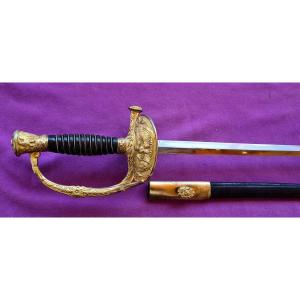


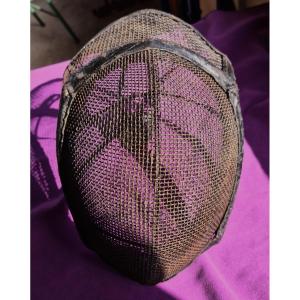


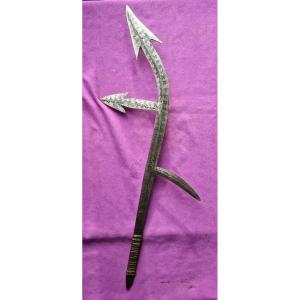




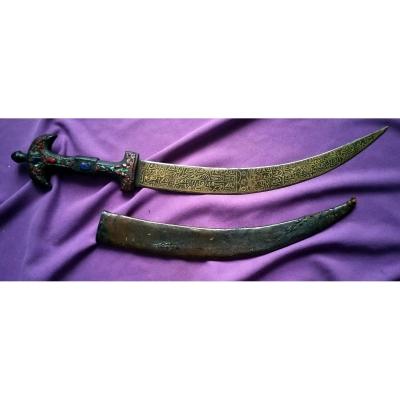
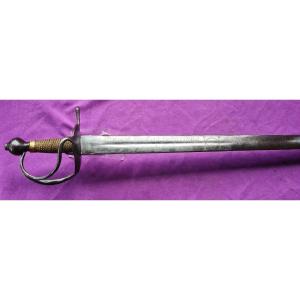


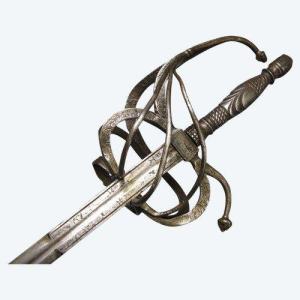





 Le Magazine de PROANTIC
Le Magazine de PROANTIC TRÉSORS Magazine
TRÉSORS Magazine Rivista Artiquariato
Rivista Artiquariato